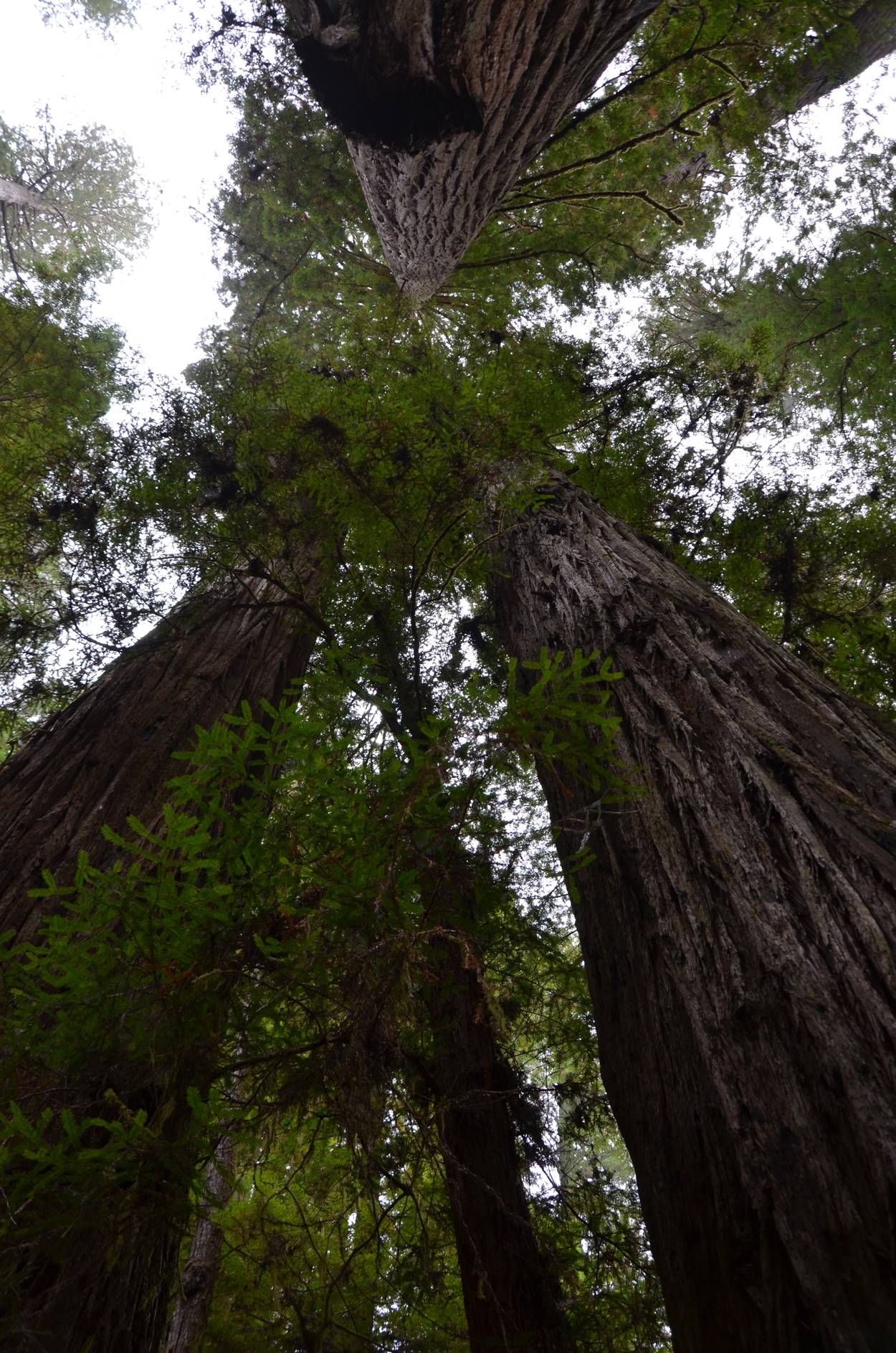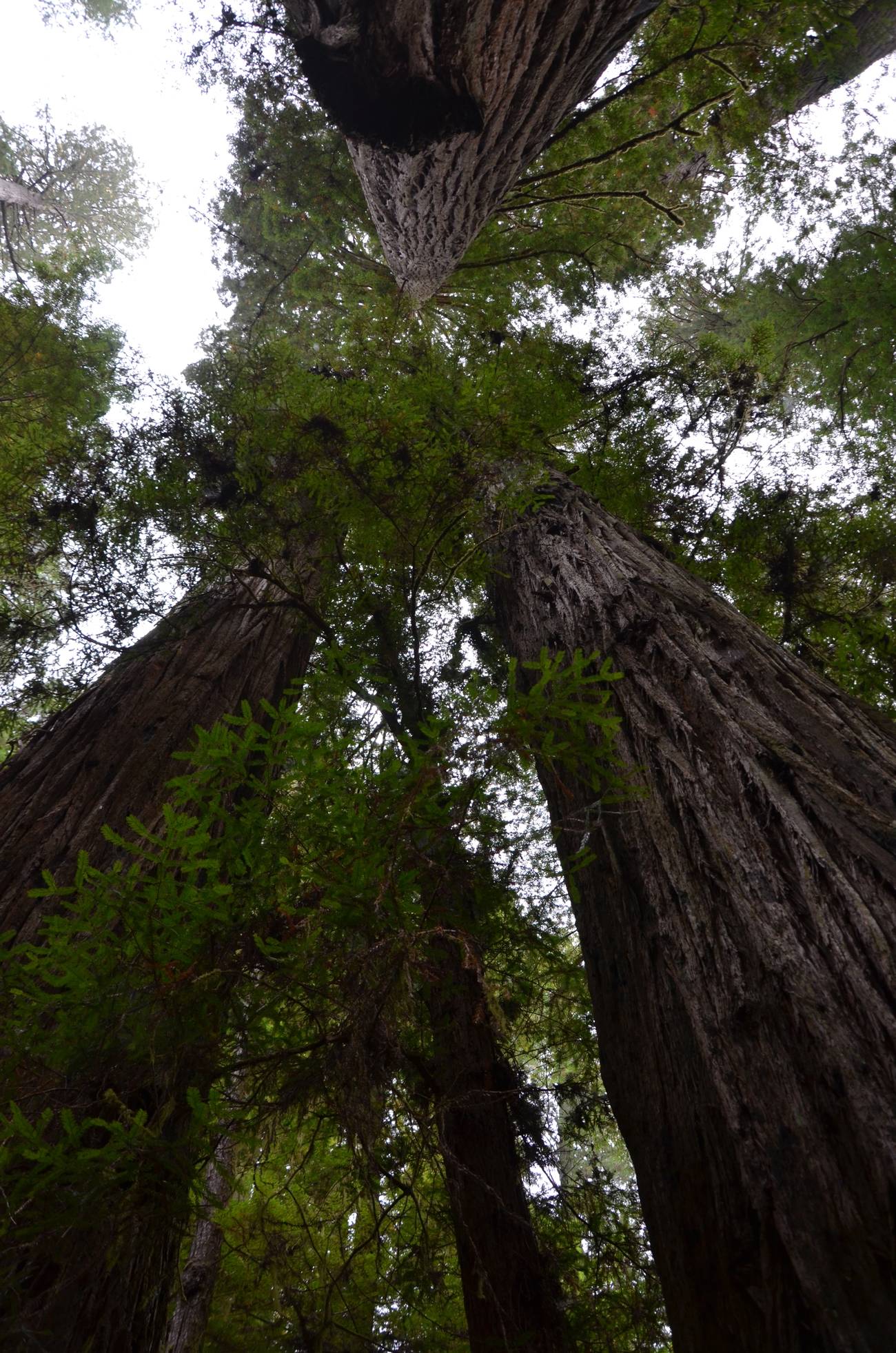When Great Trees Fall
Lessons from a year of losses from Maya Angelou and the Talmud




There is a long and storied history to seeing parallels between trees and great people, from Psalms (“the righteous blossom like a date palm”) to Thailand’s Buddhist monks, who ordained trees as monks in an attempt at warding off foresters. Deep-rooted, standing firm in the wind, and reaching ever upward, there is a certain natural kinship between trees and great leaders. The historian Benedicta Ward, writing about the desert anchorites of fourth-century Egypt, put it this way: “the monks were like trees, purifying the atmosphere by their presence.”
This year, the world has lost many such trees, and the Jewish world is no exception. From academic scholars to Hasidic leaders, Rabbi Jonathan Sacks to Justice Ruth Bader Ginsburg, and the countless more whose departure has been no less painful for those in their midst, many luminaries, great and small, have passed this year.
How have we emerged from the losses of so many of our greatest teachers this year? How have we experienced the pain of these losses, and how might we look back on this year? Considering how the sages of the Talmud, and Maya Angelou, consider the loss of a leader might just offer us insight into how to think about this ongoing year of losses that we are experiencing now.
The question itself provides intimations of the answer, but to fully appreciate this dynamic, we turn to the great American poet, Maya Angelou.
She died in 2014, but her poem “When Great Trees Fall” might as well have been written for 2020. This deeply stirring reflection speaks directly to this moment, haunted as it is by the loss of too many souls, great and small. Angelou offers us a glimmer of hope in a year of losses, and a touch of how we might seek wisdom as this year reaches its conclusion. Here is a fragment of her poem:
When great trees fall,
rocks on distant hills shudder,
lions hunker down
in tall grasses,
and even elephants
lumber after safety.
When great trees fall
in forests,
small things recoil into silence,
their senses
eroded beyond fear ...
She sidesteps speaking of great people or flawed leaders, speaking human truths through the natural world as she is most adept at doing. “Eroded beyond fear”—how else could we put the indelible feeling that crowds our pandemic world? She continues:
When great souls die,
the air around us becomes
light, rare, sterile.
We breathe, briefly.
Our eyes, briefly,
see with
a hurtful clarity ...
The Talmud questions whether eulogies are primarily intended for the honor of the deceased or for the honor of the living. In important ways it might be for both, as it offers respect to the mourned-for and closure to the mourners. But perhaps mourning is vital for the living for another reason as well: It is vital that we mourn those that we lose so that we know who we must become in their departure. When we lose truly great people, their departure leaves a gaping absence, in which we might grow, learn, become. We encounter greatness not only in the presence of great people, but also in the very real absence of great people. “Our eyes, briefly/see with/a hurtful clarity …”
This truth is ancient. In a creative reading of a verse from Kohelet (12:11), the sages of the Talmud make the following observation about the words of Torah in the wake of great trees:
When are they [words of Torah] rooted in a person? When their masters are gathered in [deceased]. As long as one’s teacher is extant, one equivocates, saying “any time that I need [to know something], I will go to my teacher and ask them.” When one’s teacher dies, one has to strive day and night to study on one’s own. She knows that there is no one to ask.
When great trees fall, we no longer have their shade to rest in. We hear the crash, and we are invited to become greater because of it. We can no longer be dependent on the deeds of earlier generations.
There is something searingly beautiful about the eulogy-hunting and documentaries watched after great leaders pass. This is the aftermath of the fall of great trees. We hear the crash. We can learn to respect greatness, devotion to the advancement of humanity in the form of personhood—how far they came. How far we might come.
The sages of the Talmud—a work with a remarkable degree of narrative circumambulation—are surprisingly invested in figuring out issues of positioning. Questioning why some passages in the Torah neighbor each other is a great pastime to these sages of ancient Babylon, who ultimately conclude that “there is no before or after in the Torah,” and events might have happened in an order different from how they appear in the text. That doesn’t stop them, and questioning the temporally disjointed juxtapositions that constitute so much of the Torah is a calling card of the Babylonian Talmud.
In Hagigah (28a), the sages question one such instance:
Rabbi Elazar said: Why was the Torah portion that describes the death of Aaron juxtaposed to the portion discussing the priestly garments? This teaches that just as the priestly garments atone for sin, so too, the death of the righteous atones for sin.
We are thus provided with two thought-provoking roads to atonement: the priestly garments and the death of the righteous. We are not offered an explanation by the Talmudists about the reasoning behind these atonements, nor of the nature of the relationship between these two processes. Esoteric as this question might seem, deeper consideration of this question offers us a powerful lesson about life in our leadership-starved society.
The priestly vestments might signify that best sense of obligation associated with public office. When the priest serves the people, dressed in the clothes of office, self-interest is far behind other-interest. Sin, in its privileging of the local, self-oriented gratification above the broader considerations of responsibility and mutuality, is thus atoned for by the symbol of true mutuality and responsibility: the priestly vestments. Irresponsibility and self-centeredness are thus atoned for by a deepened dedication to responsibility and other-focusedness.
Some might see the atonement of the loss of the righteous as cosmic or metaphysical, but I prefer to consider instead how this atonement might be earthly and eminently responsibility-inducing. If the priestly garments provide atonement in the expression of responsibility and mutuality they inspire, why then might the death of the righteous provide atonement?
The parallel to the priestly garments is illuminating. If the priestly garments atone because they are reminders of that best sense of duty, obligation, and mutuality associated with public office, perhaps the death of great people also can serve as a similar reminder.
What are the bigedei kehuna, the priestly vestments, of our age? The public offices of church and state, the garments of too many of our leaders, have long been soiled. We know too deeply that those very same priestly vestments (or cassocks) can too often hide abuses of the very same power and office they represent. And our great trees—too many have fallen this year. But in the sacred air of their departure, may we seek betterment. Not an otherworldly atonement, but a deeply humble, human atonement. An atonement for our fragmentation and self-serving natures, for our failure to contribute more to the painfully beautiful idea that is community.
These atonements might be small, quiet. After Rep. John Lewis passed this year, one friend, humbled by his ignorance about this icon of civil rights, immediately purchased books by Lewis, and set out to learn more about the work accomplished by this great man. Another friend, a conservative law student, following the departure of Ruth Bader Ginsburg from the halls of justice, was inspired to buy her book, and was soon immersed in thinking and writing of the late, great justice. These are two small ripples of the great waves made when we lose great trees. This past year, we have been confronted with an unwanted blessing—the blessing of learning about those that we lost.
America has young roots and tall branches, with a trunk stretching high to seem older. The patina on our capital domes is newly aged, our flags barely tattered. The history of this land is old, but the history of this country is young. In the rush toward the faint blue line of the horizon, the storied future folded into American success, America has centuries of experience in underappreciating our origins.
This past year, America has looked in the mirror. The Black Lives Matter movement has raised the question of the still-unpaid costs for America’s freedom and founding, COVID-19 has taken so many people from us. It has been a year of death and life, of life in the shadow of death. We lost many in the great complicated hope that is America.
As the gyre turns and this year reaches its long-awaited endpoint, how might we look back at 2020? After all the panic, anger, mourning, and challenges that constituted the days and headlines of this past year, how might we look back at 2020 with open eyes, hoping to learn from this year of losses? Perhaps we can look to the fallen trees, and grow into our own great trees, practicing the hard work of mutuality, dedication, and responsibility. Maybe we can be better for it.
Maya Angelou finishes with these words. Let us whisper a prayer that her words carry us into a more hopeful 2021.
... And when great souls die,
after a period peace blooms,
slowly and always
irregularly. Spaces fill
with a kind of
soothing electric vibration.
Our senses, restored, never
to be the same, whisper to us.
They existed. They existed.
We can be. Be and be
better. For they existed.
Yehuda Fogel is a writer and editor at 18Forty, a Jewish media company, and was formerly an editor at the Lehrhaus, an online forum for Jewish thought and ideas.